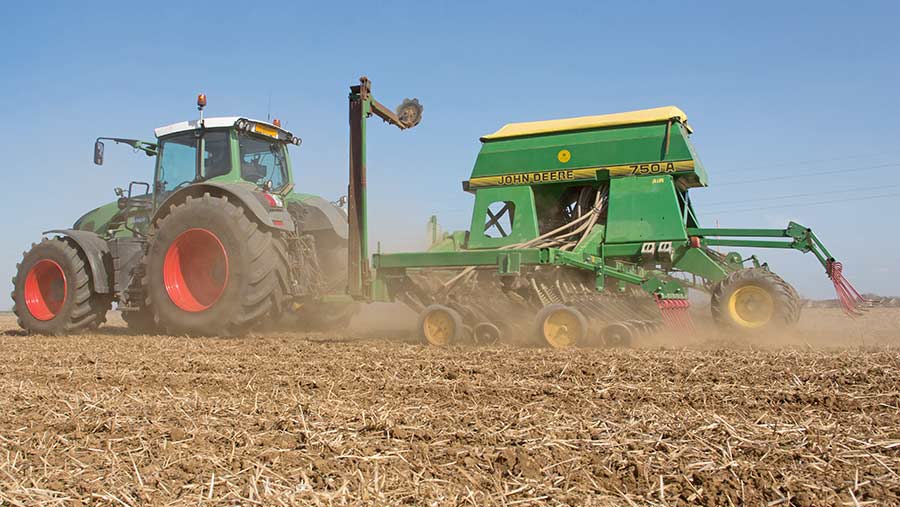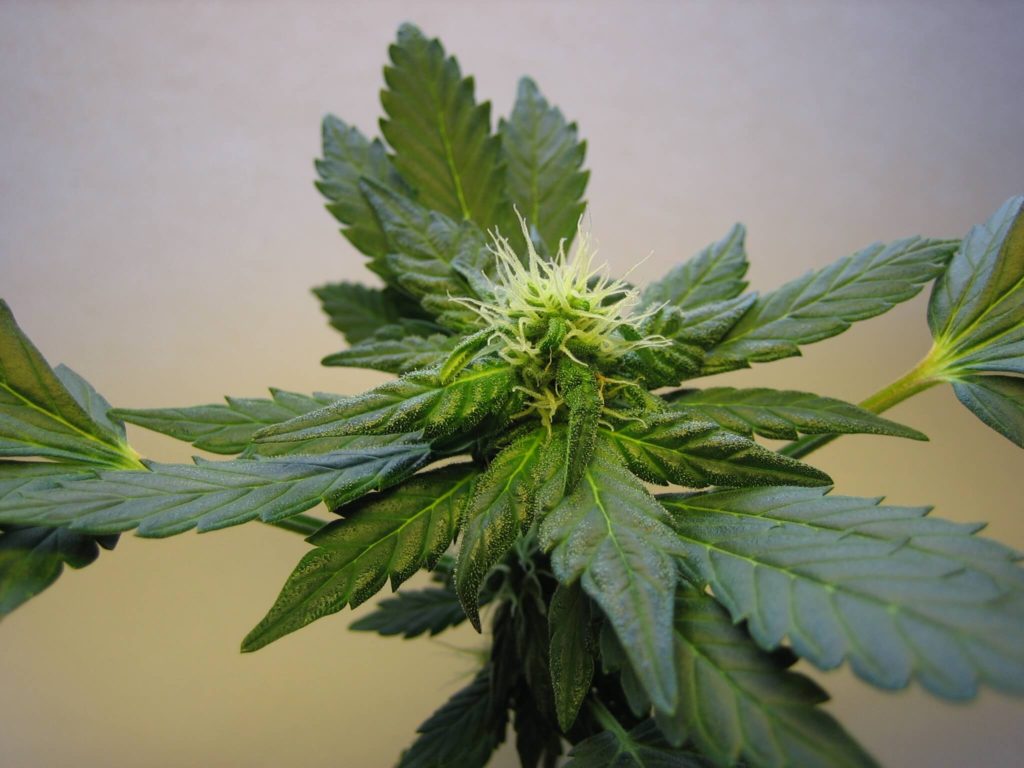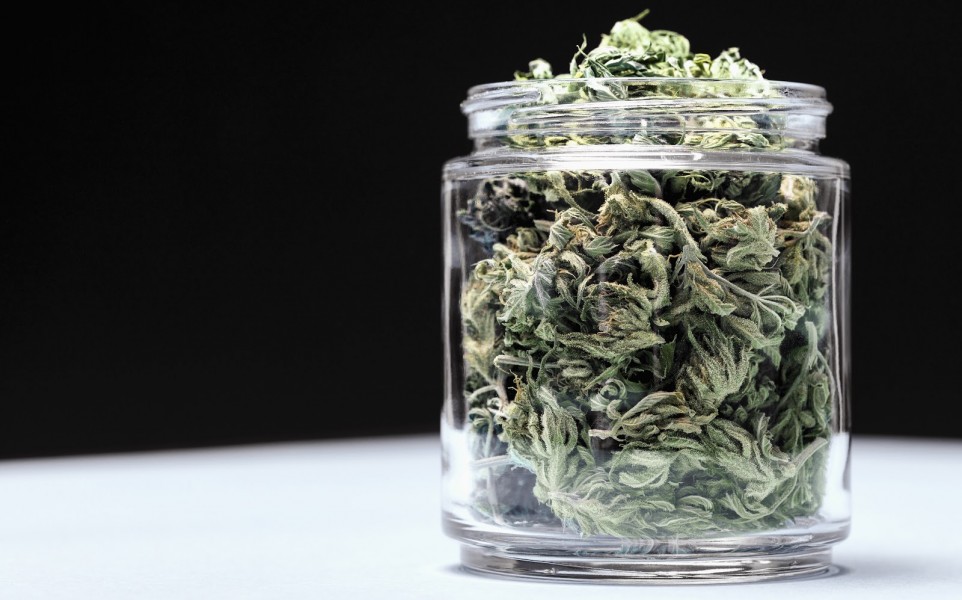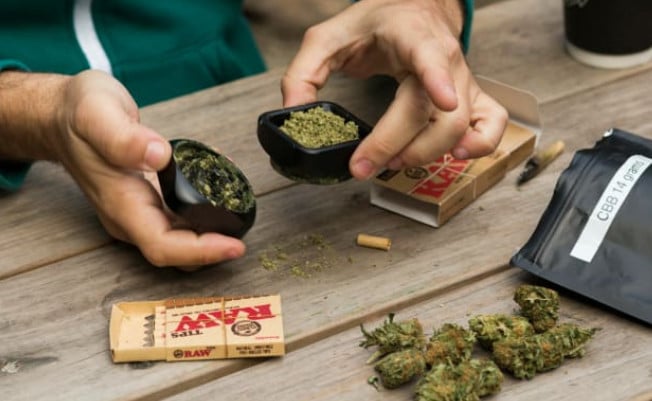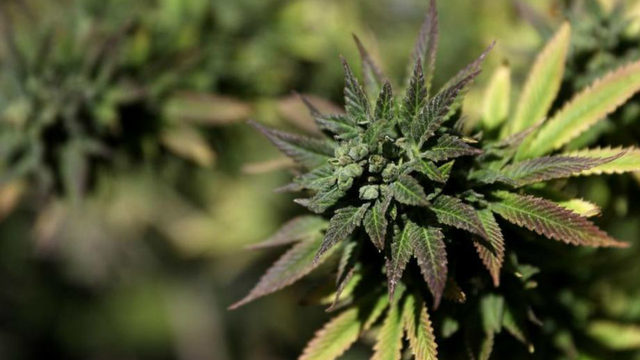Pre-emergence weed control in winter cereals is likely to be more challenging this season thanks to the dry weather and the demise of Flupyrsulfuron, our cropwatch agronomists predict.
Good conditions have encouraged growers in the north to drill relatively early, leaving weed control in winter wheat largely up to the weather.
In winter oats, the loss of key active Flupyrsulfuron means that unless growers have leftover stock on the farm, then a low rate of Flufenacet on stale seed beds followed by a high seed rate are now the best options for weed control.
South: Kevin Knight

Credit: www.fwi.co.uk
Zantra (Kent)
Completion of harvest is nigh with maincrop potatoes being lifted, and I admit I’m glad to “restart” and look forward to another season. Arable wasn’t too bad but spuds and fresh produce have been challenging this year.
We’re going to have our work cut out in Kent with blight programmes for next season. The first sample sent in locally was the EU37 pathotype, but since then EU36 A2 has dominated the results.
Particularly concerning is the speed with which this has occurred – one isolated instance last season to a clean sweep now.
Thankfully Zorvec hit the distributors’ shelves in time to provide a robust defence (and I suspect a cure in a couple of cases). I certainly won’t be keen for growers to relax and widen intervals too far in 2019.
Rapeseed establishment has been challenging as ever with the lack of moisture slowing growth.
The value of getting nutrition into the seedbed and as foliar feeds was clear in helping crops to grow away from pest pressure.
Flea beetle control has been difficult – I’ve heard some are using two full rate pyrethroids in mix to improve kill of resistant populations (whilst increasing selection pressure for resistance!).
I prefer to use a water acidifier to prevent pyrethroid lock up and mix in a partner (such as Biscaya for aphid control) with a different mode of action.
Superior slug control
The rain a couple of weekends back certainly woke the slugs up. While ferric phosphate doesn’t leave obvious evidence of slug death it is certainly effective.
Indeed where it’s been used around the 10m stewardship buffer and metaldehyde over the body of the field, I see no difference in slug grazing.
Given that it’s usually worse around headlands, that could indicate superior control.
Winter oats are headed for a world of weed control woe with the demise of Flupyrsulfuron. Quite genuinely, my advice now is: several stale seedbeds, move as little dirt as possible with the drill, and plant them thick!
You could, if you dare, use a sniff of Liberator on a rolled and consolidated seedbed over well-buried oat seed. I’ll only be making use of that EAMU if a customer has somehow managed to drill oats into a known blackgrass field against all guidance to the contrary!
Wheats have started going in this week with pre-ems mostly based around DFF and Flufenacet, plus a fair dose of Pendimethalin in the mix.
East: Marcus Mann
Frontier
After a very hot harvest, the East continues to remain exceptionally dry as focus now shifts to next year’s crops.
One positive to come out of the dry summer has been the natural restructuring of some of our heavier soils, which should help them remain in better order over the winter.
Oilseed rape has had mixed success, with lack of moisture affecting the later drilled crops’ emergence, leaving them more susceptible to cabbage stem flea beetle damage.
Crops range from expanded cotelydon to six true leaves, with the difference being whether they caught a rainfall on emergence.
Where required, Clethodim is being applied for black grass control. Always ensure to add a water conditioner to enhance the efficiency and remember the new stewardship cut off date of 15 October.
At present disease is not apparent and with current dry conditions phoma remains low risk. Peach potato aphids are beginning to be caught in suction traps but again are not being found within crops in the east. During milder weather continue to monitor, as this will aid aphid migration.
Using up Flupyrsulfuron
Getting winter barley crops going from day one is crucial in order capitalise on the competitive nature of the crop.
Early grass weed control also relies on getting the best performance from pre-emergence herbicides, so it is critical that these are applied prior to grassweeds germinating.
Only ever delay applications if the soil is too dry for either the crop and/or weeds to germinate.
Also ensure that if any Flupyrsulfuron remains on farm that this is used up this autumn (by 13 December 2018). In winter barley this is strictly pre-emergence of the crop.
Wheat drilling has begun on cleaner fields. However, remain patient in the blackgrass and ryegrass problematic areas.
With low dormant seed shed this year, with the correct conditions this should allow for good population flushes to control before drilling.
It is also important not to delay the pre-emergence spray. Better to delay drilling if conditions are unfavourable.
Winter bean crop seed has been a major issue, with bruchid beetle damage and the drought causing large variation with germination.
If you are home saving, test the germination and thousand grain weight as this will heavily influence seed rate.
Whilst the sample is at the lab, it is also important to ensure they check for stem nematode and Ascochyta infection.
North: Patrick Stephenson
AICC (Yorkshire)
There have been many hundreds of column inches devoted to the cabbage stem flea beetle menace.
I would love to say that the loss of neonicotinoid seed dressing was the main reason for this epidemic; however, I feel that pyrethroid resistance may be a greater factor.
Overall, plantings of oilseed rape by my clients was reduced before the problems of flea beetle. This is primarily in response to unsatisfactory yields over recent years.
We are hoping that lengthening the rotation and avoiding fields with inherent pest problems will help us improve crop performance.
Crops that are at three true leaves are now romping on and fields with blackgrass present will receive a Centurian Max application before the middle of the month.
On a brighter note, the dry weather has meant that I have not seen any phoma and very few slugs.
I appreciate that delayed drilling is a must for helping in the control of blackgrass, which is something even we in the north acknowledge.
However, agreeing with this and adhering to it are two different conversations. Drilling started slowly, but with dry conditions and some rainfall it has now hit a tremendous pace and many growers will be finished this week.
Where does that leave us with pre-emergence weed control? In short, hoping for the best and expecting the worst.
Dry conditions
Soils are still very dry, and the success levels of pre-emergence weed control and the amount of rainfall in September and October are closely connected.
Triallate granules are probably the best product in dry conditions but should still be combined with other products in a stack. My only issue with the granules is the smell, which is at best pungent!
In recent seasons we have had our best levels of grass weed control in cereals, by following up the pre-emergence programme with a very early post-emergence treatment.
This again will be the plan, but what and how much of a top up is applied will depend on the ever-elusive rainfall.
Fields for spring cropping on heavy land have received an initial cultivation, or a cheap and cheerful cover crop to try to ensure that the soils are loose for next year’s plantings.
Although yields were disappointing for our spring crops this year, we are making positive strides with blackgrass control and the belief that the rotation is more resilient.
West: Giles Simpson

Credit: www.fwi.co.uk
Pearce Seeds
Harvest seems a distant memory now, as most was finished by mid-August.
In general, on the chalk soils the yields were above average. The crops that suffered were the ones on the heavier soils which have yielded 2-3t/ha below average.
These soils baked like concrete with the lack of moisture and the persistent hot weather we had.
There were some good points: no drying costs, quality was good, grain price was high and straw price was extremely high, so overall income for the crops was higher than budgeted.
The oilseed rape is in and up and has struggled for moisture, as we have still had only about 80mm in the past six weeks.
Slugs surprisingly have been a problem, as have cabbage stem flea beetle, but most crops are now getting away from these problems.
Most people have held off drilling cereals until this past week, and they are now going into good seed-beds.
Poor maize yield
Very little ground has been ploughed as it is still very dry and hard underneath, so most crops are being min-tilled in.
The weather over the summer has done a cracking job of subsoiling as we have had cracks 1m deep and 100-150mm wide! And we still have large cracks in the ground now.
All but a small acreage of maize is left to cut and most of the area is either destined for wheat or grass has already been drilled into the stubbles.
The maize harvest has not been easy as many of the crops were laid down or leaning severely, which has meant cutting one way or even using a whole crop header to get below the crop in some fields.
The dry summer had led to very poor root structure, which meant the crop could not hold itself up. Yields have been below average, probably 25-30% down on where they are normally.
Again there are some positives, one being that there has been no mud on the roads so no bad publicity for the farmers.
Credit: www.fwi.co.uk

